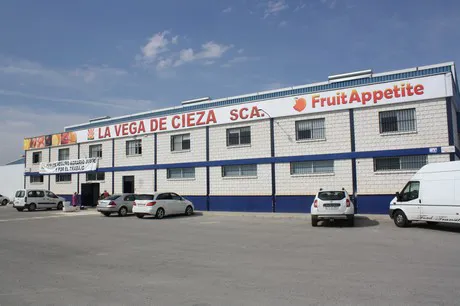
With the stonefruit campaign in full swing, FreshPlaza paid a visit to the cooperative La Vega de Cieza, a fruit and vegetable producer organization with 73 members, about 300 labourers in the peak season and a stonefruit production of around 18 million kilos, although they also sell citrus and kakis. In the area of Cieza, the largest fruit and vegetable companies are cooperatives and this is the main marketing model.
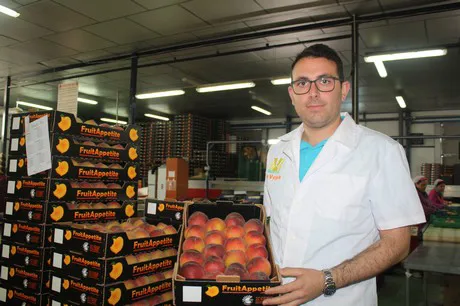
The start of the campaign, which has taken place one week earlier than last year, has not been an easy one for Murcia's exporters due to setbacks with the weather at both origin and destination. "We had a frost with temperatures that reached -7 degrees Celsius and remained below 0 degrees for more than 12 hours. We do not have any systems to help us save the crops at such low temperatures for so long," explains Víctor Martínez, of the commercial department.
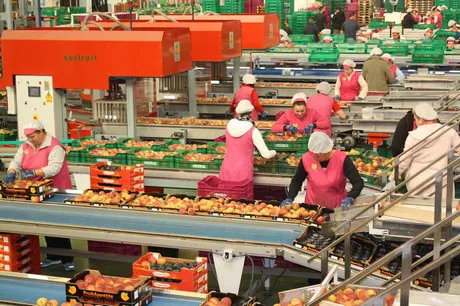
"We need to start earlier to be competitive, and that entails a greater risk of frosts. This year, we lost almost 3 million kilos of nectarines and extra-early peaches, which are among the most attractive goods and which allow us to enter markets at a time when the large-scale consumption of stonefruit in Europe is kicking off."
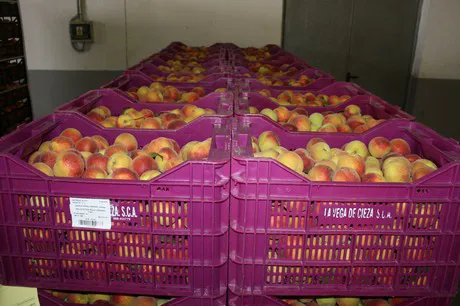
Great increase in apricot production expected in the coming years
"Nectarines are our biggest product in terms of volume, although we have grown considerably in recent years with Paraguayo peaches and apricots," explains Víctor Martínez. "Paraguayo peaches tend to slow down the growth trend, because there are many hectares planted and there are moments in the campaign which appear to be too competitive. Paraguayo peaches have gone from being a very attractive product during the summer months to becoming a product with a mature marketing," he adds.
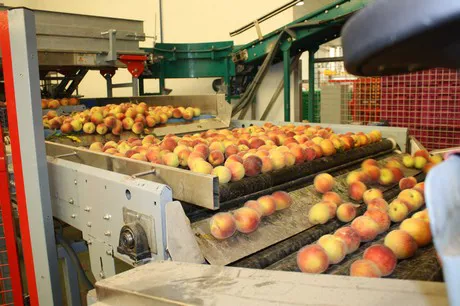
As for apricots, Víctor Martínez believes that, in the next three or four years, when everything that has been planted becomes productive, there could be an oversupply of apricots. "The acreage has grown tremendously with the boom of the new orange-skinned varieties and it is understandable for growers to show their commitment to a product after it has done well for one or two straight seasons. In our case, we have doubled the apricot production in just three years."
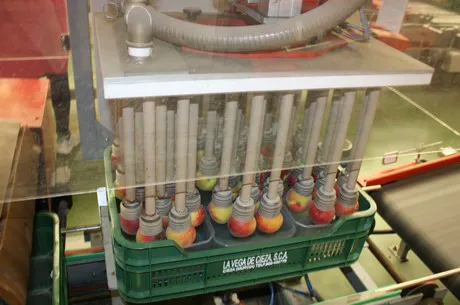
Colour is becoming increasingly important
The varietal development is constant, according to the trader. "We are always in contact with our growers to make sure they go for the varieties with the best colour, firmness and taste. The idea is to be able to reach more destinations and increase the revenue generated by the entire chain in a market with so much competition. In the case of apricots, the most traditional white-fleshed varieties, such as the Búlida, Pepito, etc., are still eminently intended for the domestic market. In the international market, however, orange-fleshed varieties with a very colourful skin have taken their place."
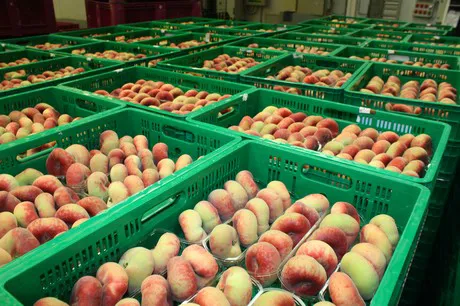
"The shelf life of extra-early fruit doesn't motivate us to export far"
The Cieza-based firm exports around 80% of its entire production, particularly extra-early and early varieties, for which continental Europe is the main destination. In Spain, it sells mostly yellow peaches and traditional apricot varieties.
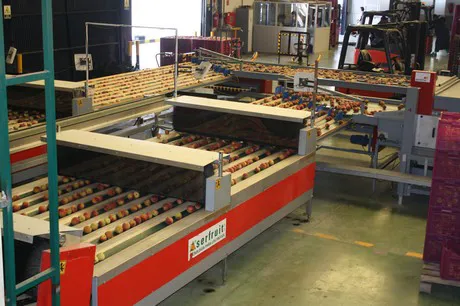
"Because of the short shelf life of the stonefruit harvested in the first half of May, we don't yet risk exploring destinations that require more than 15 days of door to door logistics, even though there are more and more methods available to preserve the fruit on long trips. In the case of China, for example, air transport is expensive and for now we have not started any relationships with importers in that country, although this is something we could come to appreciate in the future."
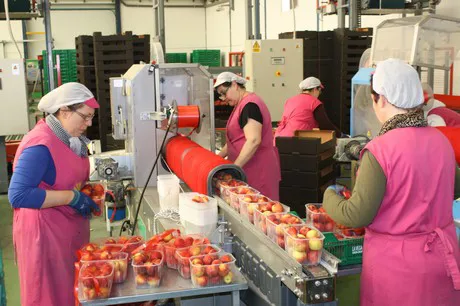
The considerable growth of supply will make sales increasingly difficult
"Stonefruit sales are becoming increasingly harder because the number of producers and the volumes available across Spain and Europe are on the rise," explains Víctor Martínez.
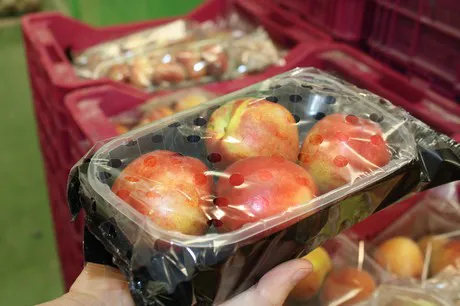
"Murcia and Huelva are the first to start, followed by north Murcia and Seville, where citrus crops are actually being converted to stonefruit. Production in Extremadura, Aragon and Catalonia is also growing. In the international markets, France, Italy and Greece are our main competitors, especially in the apricot market."
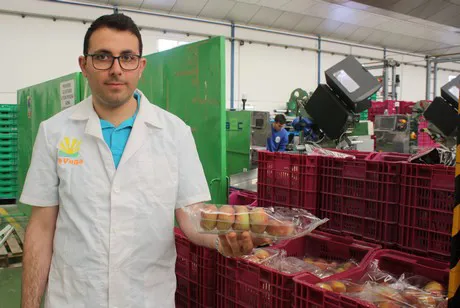
Víctor Martínez
La Vega de Cieza
+34 968455779
victor@vegacieza.com
www.vegacieza.com
